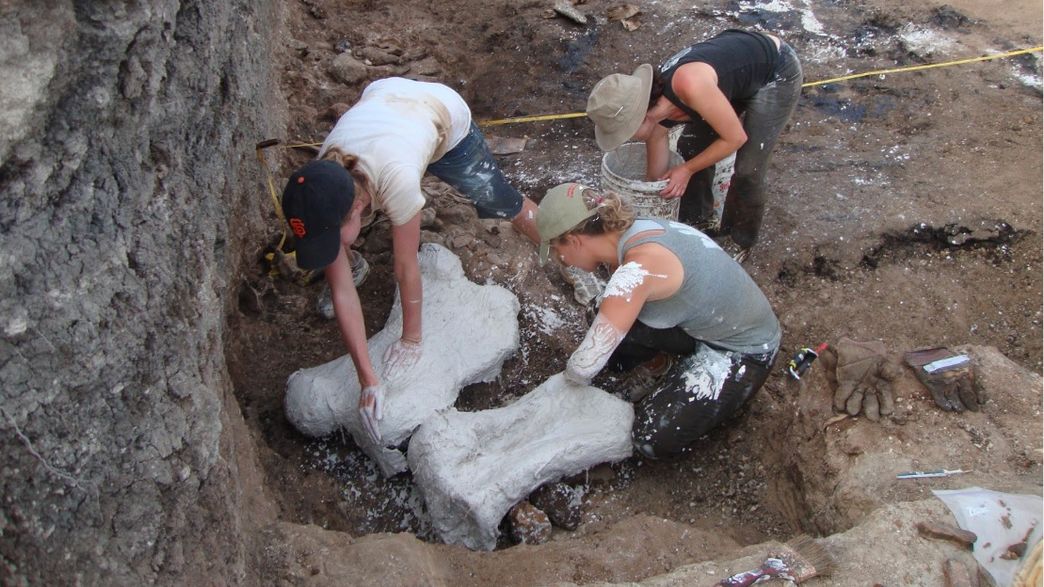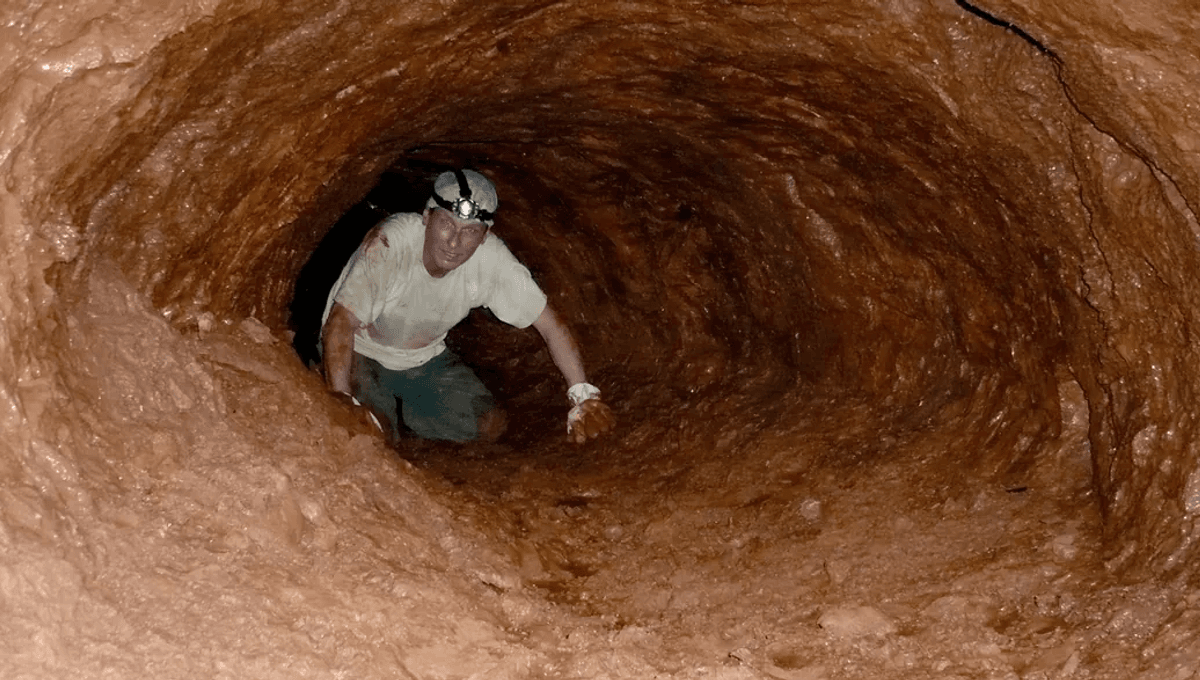Prepare to be amazed by the mysterious fate of generations of giant sloths! These incredible creatures met their demise in an “apparent mass-death” event that took place during the last Ice Age. Picture a shallow, oxygen-deprived marsh where at least 22 giant ground sloths, known as Eremotherium laurillardi, gathered and perished. Their remains were miraculously preserved in a region called Tanque Loma along the southwest coast of Ecuador.
Giant sloths, now extinct, were once a common sight in the New World Quaternary, a period spanning millions of years. However, little is known about their behavior and social structure. That’s why the discovery of this giant sloth graveyard is so significant.
Published in the journal Palaeogeography, Palaeoclimatology, Palaeoecology, this astonishing find was made in an asphaltic site, also known as a “tar pit.” These sites, like Tanque Loma, have revealed ancient flora and fauna around the world. The seeping asphalt acts as a natural preservative, conserving bones and other materials.
Dr. Emily Lindsey, the study author and assistant curator at La Brea Tar Pits in Los Angeles, describes tar pits as incredibly intriguing. She explains that despite over a century of research, we have only scratched the surface of what these sites can reveal. Tar pits are a scientific priority because they preserve a tremendous quantity and variety of fossils, providing a glimpse into entire ecosystems from the past.

Excavations and radiocarbon dating of Tanque Loma suggest that the majority of the Eremotherium bones are between 18,000 and 23,000 years old. The collected data also reveals an anoxic environment, lacking oxygen, which indicates a marshy aquatic setting that experienced periodic droughts.
Now, let’s explore the theories surrounding this mass death event. One possibility is that Tanque Loma served as a watering hole where the giant sloths gathered over time and eventually died from various causes. However, based on the accumulation of remains, the varying ages of individuals, and the presence of plant-based feces, researchers believe that the sloths died in one catastrophic event.
What caused this event? It could have been selective predation by humans or other carnivorous predators, a geological occurrence like a volcanic eruption or flood, or even a regional drought. The sloths may have sought the watering hole for relief, but their already weakened state due to sickness and disease led to their ultimate demise.
The authors of the study compare this death event to situations observed among hippopotamus populations in watering holes on the present-day African savannah. Whether it was drought, disease, or a combination of both, the giant sloths’ fate provides valuable insights into their lives and the dramatic ways in which they perished.
But the story doesn’t end there. Alongside the giant sloths, the excavation also uncovered the remains of five other large mammals, including mylodont sloths, gomphotheres (elephant-like creatures), pamphaderes (ancient armadillo relatives), as well as a horse and a deer. These findings contribute to our understanding of how past species and ecosystems responded to climate changes and human activities.

So, let the tale of the giant sloths in Tanque Loma captivate your imagination. Their story sheds light on the mysteries of the past and reminds us of the impact that climate change and human activities can have on life on Earth.








